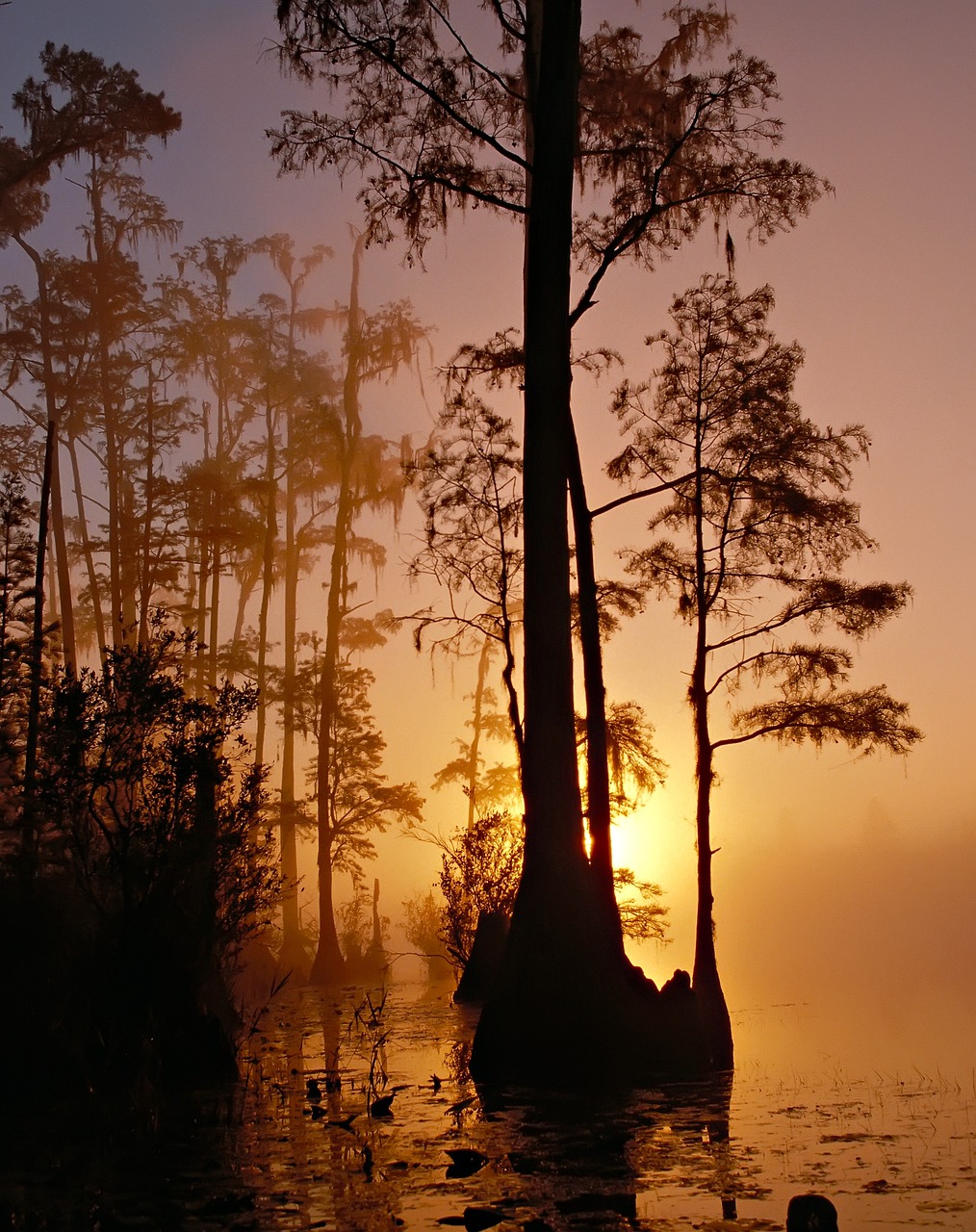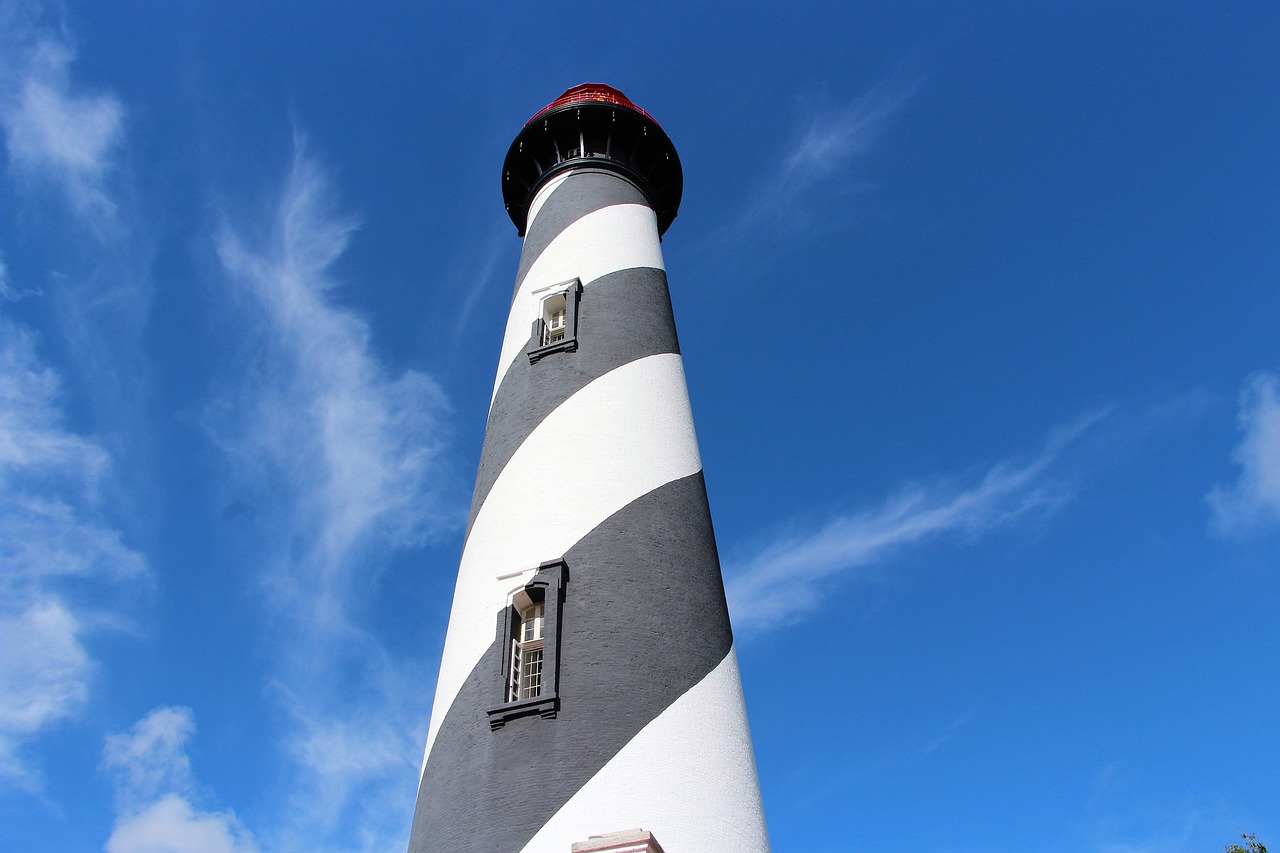Florida is renowned for its vibrant landscapes, where the sun shines bright and nature flourishes. Among the most captivating aspects of the Sunshine State’s flora are its yellow flowering trees. These trees not only add bursts of color to the environment but also attract wildlife and provide shade. From the ever-popular Golden Rain Tree to the stunning Yellow Tabebuia, these species play a crucial role in Florida’s ecosystem.
The yellow flowering trees of Florida bloom throughout various seasons, showcasing their beauty at different times of the year. They are versatile and can thrive in various soil types, making them ideal for urban and rural landscaping alike. The aesthetic appeal of these trees is matched by their ecological benefits, which include improving air quality and providing habitat for local fauna.

Here are some fascinating facts about yellow flowering trees in Florida:
- Variety: Florida boasts several species of yellow flowering trees, each with unique characteristics.
- Blooming Seasons: These trees often bloom in spring and summer, offering stunning displays of color.
- Wildlife Support: The flowers attract bees, butterflies, and birds, playing a vital role in pollination.
- Shade Providers: Their broad canopies provide excellent shade in residential areas and parks.
Popular Yellow Flowering Trees in Florida
Several species stand out when discussing yellow flowering trees in Florida. Below are some of the most notable:
| Tree Name | Scientific Name | Blooming Period | Height |
|---|---|---|---|
| Golden Rain Tree | Koelreuteria paniculata | Summer | 30-40 feet |
| Yellow Tabebuia | Tabebuia aurea | Spring | 20-30 feet |
| Florida Hophornbeam | Ostrya virginiana | Spring | 30-40 feet |
| Ponciana Tree | Deli-ronia regia | Summer | 25-40 feet |
The Golden Rain Tree is one of the most popular choices. Its bright yellow flowers create a stunning visual display that lasts for weeks. This tree is known for its resilience and adaptability, making it suitable for various environments.
The Yellow Tabebuia, on the other hand, is celebrated for its vibrant golden blooms that blanket the tree during its flowering season. This tree is often planted along streets and parks, enhancing the beauty of urban landscapes.
The Florida Hophornbeam is another excellent choice. This tree not only showcases beautiful yellow flowers but also has attractive foliage that turns a stunning shade in the fall. It provides habitat for various bird species, contributing to the ecological balance.
Lastly, the Ponciana Tree, with its large canopy and striking flower clusters, is a favorite among homeowners and landscapers. Its bright yellow blossoms are a sight to behold against the lush green backdrop of Florida’s landscapes.
In summary, yellow flowering trees in Florida offer both beauty and ecological benefits. As we delve deeper into this topic, we will explore each tree’s characteristics, care requirements, and their role in Florida’s ecosystems.
Characteristics of Yellow Flowering Trees
The yellow flowering trees of Florida are distinguished by their unique features that not only enhance their beauty but also contribute to their adaptability in various environments. Understanding these characteristics can help gardeners and landscapers make informed choices when selecting trees for their properties.
Flowering Habits
One of the most striking aspects of these trees is their flowering habits. The timing, type, and duration of blooms vary among species:
- Seasonal Blooms: Most yellow flowering trees bloom during spring and summer, providing vibrant colors that brighten up the landscape.
- Flower Structure: The flowers can be tubular, cup-shaped, or cluster-like, depending on the species.
- Bloom Duration: Some trees, like the Golden Rain Tree, have blooms that last several weeks, while others may have shorter flowering periods.
Leaf Characteristics
The leaves of yellow flowering trees also play a significant role in their overall appeal. Many species feature lush green foliage that complements their bright yellow flowers:
- Shape: Leaf shapes range from compound to simple, providing distinct silhouettes against the sky.
- Fall Color: Certain species, like the Florida Hophornbeam, exhibit striking fall colors that transition from green to yellow or orange before shedding their leaves.
- Texture: Leaf texture varies; some trees have glossy leaves, while others may have a more matte appearance.
Environmental Benefits

Beyond their aesthetic beauty, yellow flowering trees contribute significantly to the environment. They offer numerous benefits that can enhance both urban and rural ecosystems:
Air Quality Improvement
Trees play a vital role in improving air quality. Yellow flowering trees contribute by:
- Absorbing Carbon Dioxide: Through photosynthesis, they take in carbon dioxide and release oxygen, thus improving the air we breathe.
- Filtering Pollutants: The foliage captures dust, smoke, and other pollutants from the air, helping to purify it.
Biodiversity Support
The presence of yellow flowering trees fosters biodiversity. They provide essential habitats for various species:
- Nesting Sites: Birds and small mammals often use these trees for nesting and shelter.
- Pollinator Attraction: The bright yellow flowers attract bees, butterflies, and other pollinators, essential for maintaining healthy ecosystems.
- Food Source: Some species produce seeds or fruits that serve as food for wildlife.
Cultural and Aesthetic Value

The cultural significance of yellow flowering trees extends across various communities in Florida. They are often used in landscaping for their visual appeal:
- Ornamental Use: Many homeowners and parks plant these trees for their beauty, creating stunning displays during blooming seasons.
- Cultural Symbolism: In some cultures, certain yellow flowering trees symbolize prosperity and good fortune.
- Community Spaces: Parks and public areas often feature these trees as focal points, enhancing the overall landscape design.
As we continue to explore yellow flowering trees, we will look into specific care requirements to ensure they thrive in Florida’s diverse environments.

Care Requirements for Yellow Flowering Trees
Caring for yellow flowering trees is essential to ensure their health and longevity. While these trees are generally resilient, proper care can enhance their growth and flowering potential. Here are some key factors to consider:
Soil Requirements
The type of soil plays a crucial role in the health of yellow flowering trees. It is important to choose the right soil type for optimal growth:
- Well-Drained Soil: Yellow flowering trees thrive in well-drained soils. Poor drainage can lead to root rot.
- pH Levels: Most species prefer slightly acidic to neutral soil, with a pH ranging from 6.0 to 7.0.
- Soil Amendments: Incorporating organic matter, such as compost, can improve soil structure and fertility.
Watering Needs
Watering is another critical aspect of tree care. Young trees especially require consistent moisture:
- Young Trees: Newly planted yellow flowering trees need regular watering, typically once a week, until they establish a strong root system.
- Mature Trees: Once established, these trees are more drought-tolerant but should still receive water during prolonged dry spells.
- Watering Technique: Deep watering is recommended to encourage deep root growth. Watering at the base rather than overhead helps conserve moisture.
Fertilization Practices
Fertilization can significantly impact the growth and flowering of yellow flowering trees. Appropriate nutrients are vital for optimal health:
- Timing: Fertilization is best done in early spring before the growing season begins.
- Type of Fertilizer: A balanced fertilizer with equal parts nitrogen, phosphorus, and potassium (N-P-K) is usually beneficial.
- Application Rate: Follow the manufacturer’s guidelines for application rates based on tree size and age.
Pest and Disease Management
Like all plants, yellow flowering trees can be susceptible to pests and diseases. Regular monitoring allows for early detection and management:
Pests
Common pests that may affect these trees include:
- Aphids: These small insects can cause leaf curling and may lead to sooty mold.
- Scale Insects: Scale can weaken trees by sucking sap from the branches and leaves.
- Caterpillars: Certain species may feed on the foliage, causing defoliation.
Disease Prevention
To prevent diseases, consider the following practices:
- Proper Spacing: Ensuring adequate spacing between trees improves air circulation and reduces humidity around foliage.
- Healthy Pruning: Regular pruning removes dead or diseased branches, promoting better airflow and overall tree health.
- Pesticide Use: If pest infestations occur, using organic pesticides or insecticidal soaps can be effective while minimizing harm to beneficial insects.
Pruning Techniques
Pruning is essential for maintaining the shape and health of yellow flowering trees. Proper techniques can enhance flowering and overall vigor:
- Timing: Prune during late winter or early spring before new growth begins.
- Tools: Use clean, sharp tools to make clean cuts that heal quickly.
- Techniques: Focus on removing dead or crossing branches. Thin out crowded areas to allow light penetration and airflow.
By understanding these care requirements, you can help yellow flowering trees thrive in Florida’s diverse environments, ensuring they continue to beautify the landscape for years to come.
Additional Considerations for Cultivating Yellow Flowering Trees
In addition to the care requirements already discussed, there are a few more aspects to consider when cultivating yellow flowering trees in Florida. These considerations can greatly enhance the success of your planting efforts.
Sunlight Exposure
Sunlight is vital for the growth of yellow flowering trees. Here are some key points regarding sunlight exposure:
- Full Sun Requirement: Most yellow flowering species thrive in full sun, which means they require at least six hours of direct sunlight each day.
- Shade Tolerance: While some species can tolerate partial shade, they may not bloom as abundantly or grow as vigorously.
- Positioning: When planting, consider the tree’s mature height and spread to avoid overshadowing smaller plants or structures.
Mulching Benefits
Applying mulch around the base of yellow flowering trees can provide numerous benefits:
- Moisture Retention: Mulch helps retain soil moisture by reducing evaporation, especially during dry spells.
- Weed Suppression: A good layer of mulch can suppress weeds that compete for nutrients and water.
- Temperature Regulation: Mulch acts as an insulator, keeping the soil temperature consistent and protecting roots from extreme heat.
Seasonal Care
Caring for yellow flowering trees is not a one-time effort. Regular seasonal care is essential:
- Spring Care: In spring, check for pests, apply fertilizers, and prune as needed to promote healthy growth.
- Summer Care: Monitor watering needs closely during hot summer months, ensuring adequate hydration.
- Fall Preparation: In fall, prepare for cooler weather by mulching and ensuring the tree is healthy before winter.
Final Thoughts
Yellow flowering trees stand out as some of the most beautiful and beneficial plants in Florida’s diverse ecosystems. Their vibrant blooms bring joy and color to landscapes, while their environmental benefits contribute positively to the surrounding wildlife and air quality. By understanding their care requirements, including soil conditions, watering practices, pest management, and proper pruning techniques, you can create a thriving environment for these stunning trees.
The cultural significance of yellow flowering trees also enhances their appeal. Whether planted in residential gardens, public parks, or commercial landscapes, they symbolize beauty and resilience. With the right care and attention, these trees can flourish for generations, providing shade, beauty, and habitat for local wildlife.
As Florida continues to embrace its natural beauty amid urban development, planting yellow flowering trees will ensure that the Sunshine State remains a vibrant paradise filled with sunshine blooms. By integrating these trees into our landscapes, we celebrate the unique flora of Florida while contributing to a healthier environment for both people and wildlife.
